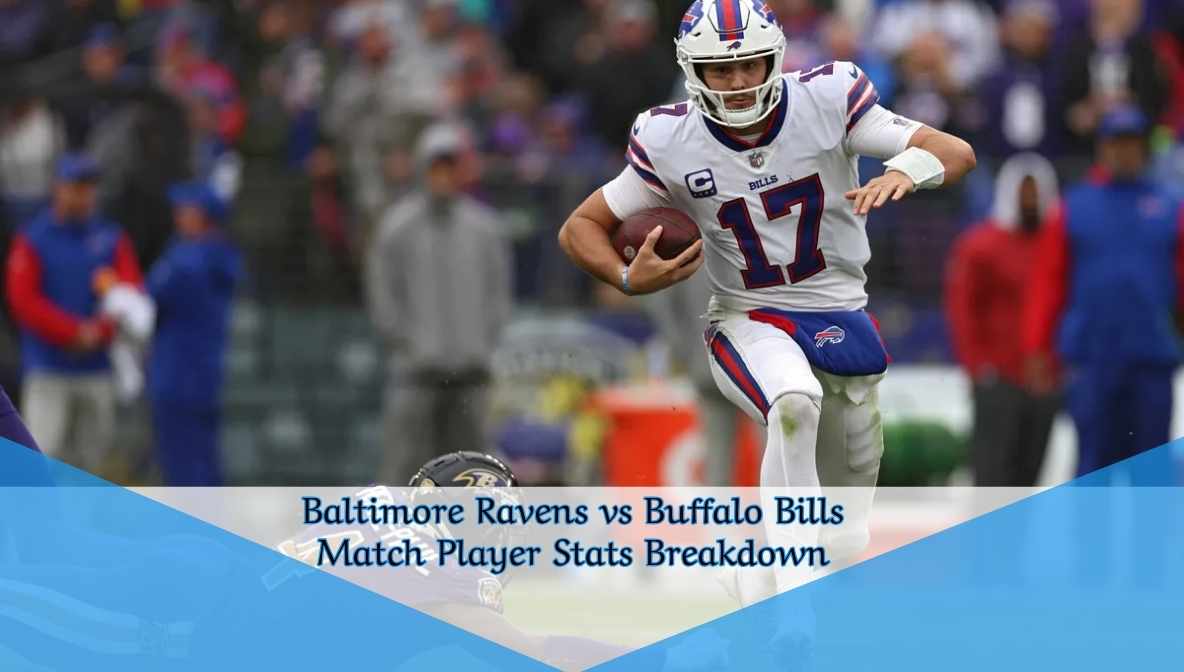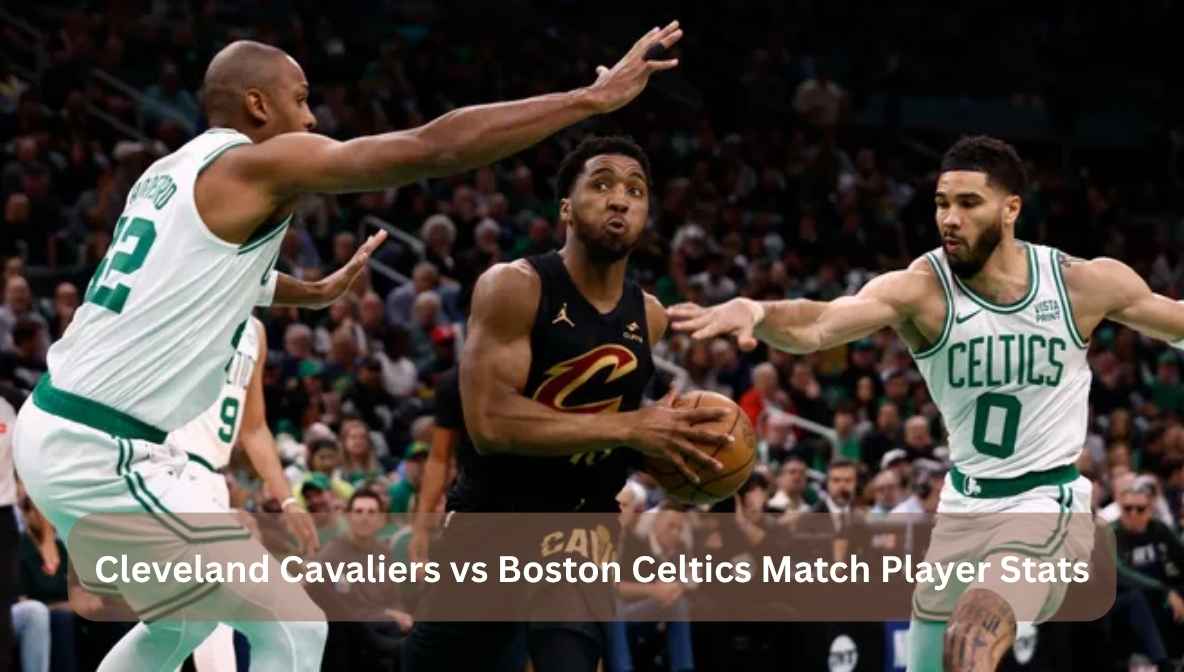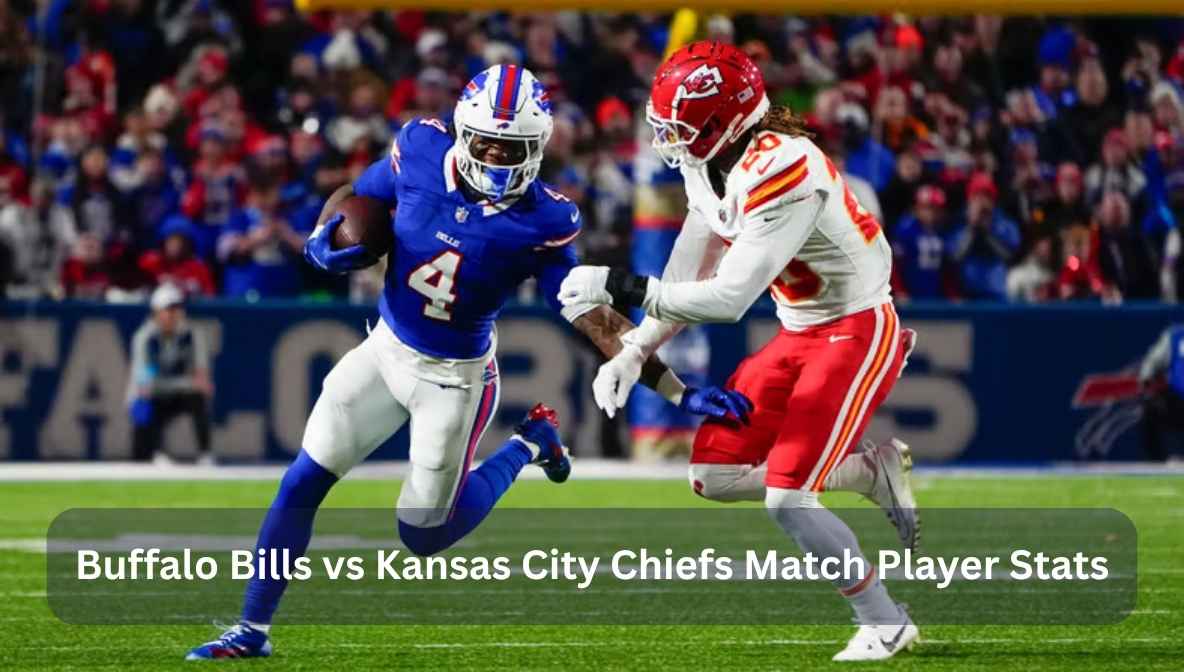Introduction: A Complete Look at Minnesota Vikings vs Los Angeles Rams Match Player Stats
Fans know that facing the Minnesota Vikings and Los Angeles Rams will provide a spectacular performance by both teams. Each competition between these teams results in intense rivalry, and their performance scores show more details than just the result. This blog will explore the Minnesota Vikings vs Los Angeles Rams match player stats in detail, breaking down key performances, quarterback efficiency, defensive contributions, and running game statistics.
Without complications, we explain everything that happened during a game clearly to all football fans. Inside are comparison tables and assessments for each player to show who made the biggest difference and how each team ran their game plans.
Key Points:
- The leader at quarterback often determined the way the game went.
- Scoring slowed down throughout the night because of strong defense.
- Wide receivers from both teams had great highlights.
What Performances Did your Quarterbacks Show during the Match?
The play of the quarterback is key to how an NFL match will go. Both quarterbacks, for the Vikings and Rams, had times of success and times of failure in that recent game. Playing with the Vikings, Kirk Cousins demonstrated a steady ability to throw reliably both short and play-action passes. Matthew Stafford chose to throw the ball long and with speed.
The game saw Cousins finish 27 out of his 39 passes, resulting in 280 yards, 2 touchdowns and 1 interception. Stafford completed 24 of his 36 attempts for 265 yards, accounted for 3 touchdown passes, but was picked off twice. This tells us how strong they are and also how they decide when the game gets tough.
Quarterback Comparison Table
| Player | Completions | Yards | Touchdowns | Interceptions | QB Rating |
|---|---|---|---|---|---|
| Kirk Cousins | 27/39 | 280 | 2 | 1 | 96.4 |
| Matthew Stafford | 24/36 | 265 | 3 | 2 | 94.2 |
Both team leaders played good games, but being under pressure stopped them from scoring.
Recall: Scoring goals depends on the quarterback’s game as well as the team’s offensive linemen and receivers.
Which Running Backs Made the Biggest Impact?
Running backs are vital in controlling the tempo of the game. In this matchup, the Minnesota Vikings leaned on Alexander Mattison, while the Rams counted on Kyren Williams. Both players had standout moments, but their effectiveness varied based on blocking and defensive pressure.
Mattison recorded 21 carries for 92 yards and a touchdown. His powerful runs helped the Vikings convert key third-down plays. On the other hand, Williams had 18 carries for 87 yards and 2 touchdowns, showing excellent vision and acceleration.
Running Back Stats Chart
| Player | Carries | Rushing Yards | Touchdowns | Yards/Carry |
|---|---|---|---|---|
| Alexander Mattison | 21 | 92 | 1 | 4.4 |
| Kyren Williams | 18 | 87 | 2 | 4.8 |
Though Mattison had more total yards, Williams was more efficient per carry and contributed more in the red zone.
Note: Running backs benefit greatly from offensive line support and defensive matchups.
Which Receivers Stood Out During the Game?
Wide receivers can completely change the flow of a game, especially when they make big plays or break tackles. In this match, both teams had wide receivers who made critical contributions. For the Vikings, Justin Jefferson led the charge, while Cooper Kupp was the Rams’ most reliable target.
Jefferson caught 9 passes for 112 yards and 1 touchdown. His ability to find space and maintain control after the catch was remarkable. Meanwhile, Kupp totaled 98 yards on 7 receptions with 1 touchdown. His precise route running helped Stafford convert crucial third downs.
Let’s break down the top wide receiver stats:
| Player | Receptions | Receiving Yards | Touchdowns | Yards/Reception |
|---|---|---|---|---|
| Justin Jefferson | 9 | 112 | 1 | 12.4 |
| Cooper Kupp | 7 | 98 | 1 | 14.0 |
Both team leaders played good games, but being under pressure stopped them from scoring.
Recall: Scoring goals depends on the quarterback’s game as well as the team’s offensive linemen and receivers.
What Was the Tactics and Results of the Units on the Defense?
The outcome of many close contests depends on defense. Both teams’ defense stepped up in the Minnesota Vikings vs Los Angeles Rams game. Viking defenders pressed Stafford, and the Rams’ defensive backs intercepted the ball to stop the offensive plays.
Three of the Vikings’ sacks and one forced fumble were made possible by Danielle Hunter’s aggressive contributions. Aaron Donald had two sacks and was in the quarterback’s face multiple times on the Rams’ side. With two interceptions, the Rams prevented the Vikings from scoring much after the break.
Here’s a summary of team defensive stats:
| Team | Sacks | Interceptions | Forced Fumbles | Tackles for Loss |
|---|---|---|---|---|
| Vikings | 3 | 1 | 1 | 6 |
| Rams | 4 | 2 | 0 | 5 |
Each team created confusion for the other offense, which was clearly seen in the tight outcome.
A good defensive effort helps a team manage where the game occurs and the advantage during the match.
What Do Special Teams Help Us Understand?
Most people overlook special teams, but they are important in every game. Both teams’ special teams helped put their teams in favorable areas to score. The Vikings’ kicker hit each field goal attempt, as the Rams’ punter made sure the Vikings started drives very close to their own goal line.
Greg Joseph was perfect on all three of his field goal tries for the Vikings, including one from 49 yards. Rams kicker Brett Maher succeeded on 2 field goals and 3 extra points. Neither team had much success on kickoff returns, with both averaging under 25 yards in each game.
Special Teams Highlights
| Player | Field Goals | Longest FG | Extra Points | Kick Return Yards |
|---|---|---|---|---|
| Greg Joseph | 3/3 | 49 | 2/2 | 22 avg |
| Brett Maher | 2/2 | 44 | 3/3 | 24 avg |
Both teams managed to stay in the game because of steady special teams, which prevented big scoring advantages for either side and unnecessary errors by the other side.
Conclusion: Final Insights on Minnesota Vikings vs Los Angeles Rams Match Player Stats
This detailed breakdown of Minnesota Vikings vs Los Angeles Rams match player stats shows that both teams brought their best players to the field. Quarterbacks were in charge, running backs overcame strong defenses, and wide receivers did what was needed when it counted.
Both teams stopped each other and seized the ball, which led to several chance switches. Special teams played an ongoing part in deciding the field strategy. Everyone on the field played with great skill, control, and discipline.
Looking at the players’ stats gives useful information about the team and the amazing skills of each player, whether you are an expert or just a fan. When we understand these numbers, we can watch and value the game at all levels differently.
FAQ’s
1. Which team’s quarterback did better in terms of stats?
Kirk Cousins recorded more yards, but Matthew Stafford threw a few more TDs, leaving the stats very close.
2. Which runner had the most scoring touchdowns?
While Mattison had 1 rushing TD for the Vikings, Kyren Williams tallied 2 for the Rams.
3. Did a receiver accomplish more than 100 yards?
Justin Jefferson from the Vikings had 112 receiving yards on the day.
4. Which player or team had the most defensive sacks?
No other player had as many sacks as Aaron Donald’s 2 for the Rams.
5. Did special teams play a big role in this game?
Absolutely. Each kicker hit their field goal and extra point attempts, and the punters placed the ball near good field positions.




